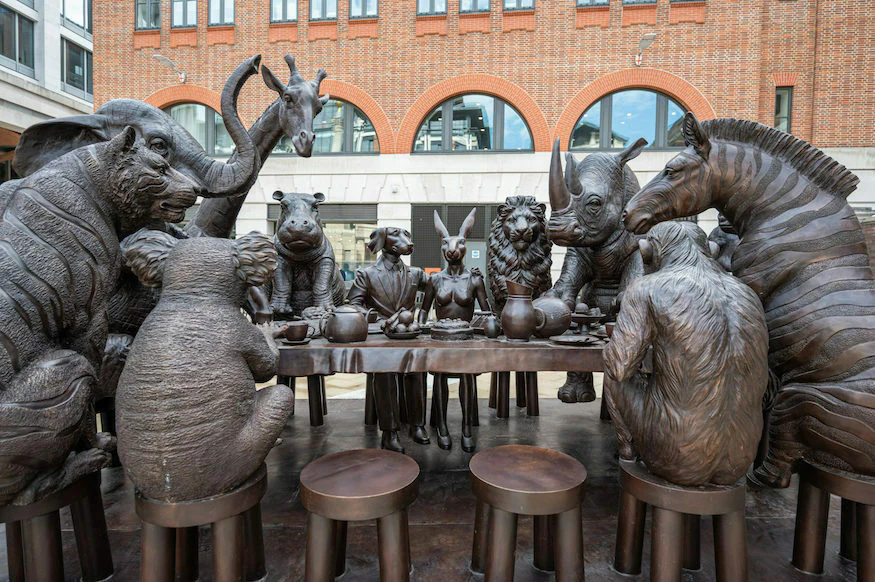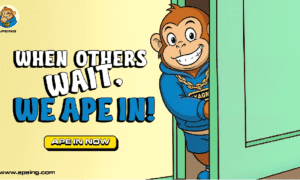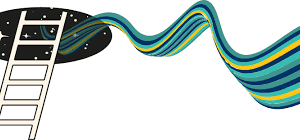In the realm of art, where creativity knows no bounds, animal sculpture stands as a captivating form that brings the natural world to life in three-dimensional splendor. From intricate replicas of wildlife to imaginative abstract creations, these sculptures embody the spirit of animals while evoking emotions and stories. Let’s embark on a journey to uncover the enchanting universe of animal sculpture, from its origins to its impact on contemporary culture.
Introduction to Animal Sculpture
Animal sculpture, at its core, is a fascinating art form that uses various materials and techniques to depict animals in captivating detail. Rooted in history and embraced by cultures around the globe, these sculptures capture the essence of creatures both real and mythical. Throughout the ages, animal sculptures have been valued for their aesthetic beauty and their ability to convey narratives.
Types of Animal Sculptures
The world of animal sculpture boasts a rich diversity that encompasses different styles and approaches. Realistic animal sculptures strive for accuracy, showcasing intricate details of fur, feathers, and anatomy. Abstract animal sculptures, on the other hand, play with form and symbolism, inviting viewers to interpret meaning beyond the literal. Additionally, whimsical and fantastical animal sculptures take us into realms where imagination knows no bounds, making us smile with their creative charm.
Materials and Techniques
The artistry behind animal sculptures is closely intertwined with the choice of materials and techniques employed by sculptors. From traditional mediums like stone, wood, and bronze to contemporary options like resin and metal alloys, artists select materials that best bring their vision to life. The process itself can range from meticulous hand-carving to employing advanced technologies like 3D printing, demonstrating how tradition and innovation intersect in this creative realm.
Famous Animal Sculptors
Across history, exceptional artists have shaped the world of animal sculpture with their distinct styles and masterful craftsmanship. The works of artists such as Antoine-Louis Barye, Henry Moore, and Deborah Butterfield have left an indelible mark, offering insights into the diverse ways animals can be captured in sculpture. These artists seamlessly blend realism with symbolism, inviting us to connect with the animal kingdom on a profound level.
Role of Animal Sculptures in Art and Society
Animal sculptures have long held significant roles in both art and society. Beyond their aesthetic allure, they often carry symbolism that transcends cultures and time periods. These sculptures are not merely decorative; they weave tales of human-animal relationships, mythologies, and even political statements. As art installations, they can spark conversations, elicit emotions, and foster a deeper understanding of the natural world.
Animal Sculptures in Public Spaces
The allure of animal sculptures extends beyond galleries and museums, gracing public spaces with their presence. Parks, gardens, and urban plazas often host larger-than-life sculptures that invite interaction and exploration. These installations enrich communities by offering moments of reflection and inspiration, bridging the gap between art and everyday life.
Animal Sculpture Galleries and Exhibitions
Dedicated spaces for animal sculptures provide a haven for enthusiasts and curious minds alike. Museums and galleries showcase an array of styles, from classical to contemporary, allowing visitors to immerse themselves in the world of animal artistry. Temporary exhibitions offer a dynamic platform for artists to experiment with new ideas, ensuring that the art form remains vibrant and evolving.
Commissioned Animal Sculptures
The allure of commissioning animal sculptures lies in the opportunity to have a bespoke piece that reflects individual tastes and visions. Businesses, private collectors, and institutions often collaborate with artists to create sculptures that align with specific themes and spaces. These commissioned works become part of the fabric of the environment, harmoniously blending art with surroundings.
Animal Sculpture as a Form of Conservation
Art has the power to evoke emotions and provoke action, and animal sculptures play a role in raising awareness about endangered species. By capturing the beauty and vulnerability of threatened animals, these sculptures inspire compassion and a sense of responsibility towards conservation efforts. They become ambassadors for nature, advocating for the protection of our planet’s biodiversity.
The Appeal of Animal Sculptures
What draws us to animal sculptures is more than aesthetics; it’s a connection that tugs at our heartstrings. These sculptures tell stories, reminding us of our shared existence with animals and the emotions they evoke. Whether displayed indoors or outdoors, animal sculptures add character and vitality to spaces, infusing them with a touch of nature’s magic.
Animal Sculpture as an Art Investment
As appreciation for animal sculpture grows, it has caught the eye of collectors seeking unique and valuable pieces. The rarity of exceptional animal sculptures, combined with their ability to evoke emotions, contributes to their investment potential. Factors such as the artist’s reputation, the intricacy of the sculpture, and its historical significance can influence its value over time.
Creating Your Own Animal Sculptures
Engaging in the art of sculpting animals is a rewarding endeavor for both beginners and seasoned artists. Learning the basics of sculpting techniques and experimenting with different materials can be an enjoyable way to express creativity. Whether molding clay, carving wood, or crafting wire structures, creating animal sculptures allows one to explore their artistic journey while connecting with the natural world.
Modern Trends in Animal Sculpture
The world of animal sculpture continually evolves, embracing modern sensibilities while honoring tradition. Sculptors now fuse elements of realism with contemporary concepts, resulting in captivating and thought-provoking pieces. By experimenting with size, materials, and forms, artists push the boundaries of what animal sculptures can be, captivating audiences with fresh perspectives.
Animal Sculptures in Pop Culture
Beyond the art world, animal sculptures find their way into pop culture, leaving an imprint on movies, literature, and advertisements. These sculptures serve as powerful symbols, shaping narratives and influencing how animals are perceived. They invite us to explore the layers of meaning embedded in their forms, sparking conversations about humanity’s relationship with the natural world.
Conclusion
In the tapestry of artistic expression, animal sculpture emerges as a thread that weaves together creativity, symbolism, and our connection to the animal kingdom. From lifelike representations to abstract interpretations, these sculptures captivate our senses and stimulate our imagination. As we appreciate the artistry and narratives behind each piece, we’re reminded of the intricate dance between humans and the creatures that share our world.
Frequently Asked Questions
Are animal sculptures mainly found in museums?
While many animal sculptures can be found in museums, they also grace public spaces, galleries, and even private collections.
Can I commission a custom animal sculpture?
Absolutely! Many artists offer commissioned animal sculptures tailored to your preferences and themes.
How do animal sculptures contribute to conservation?
By portraying endangered species, animal sculptures raise awareness and inspire action to protect wildlife and their habitats.
Are animal sculptures a good investment for collectors?
Animal sculptures can hold value, especially if created by renowned artists or possessing unique qualities.
What materials are commonly used for crafting animal sculptures?
Materials range from traditional options like stone and bronze to modern choices like resin and metal alloys.





























